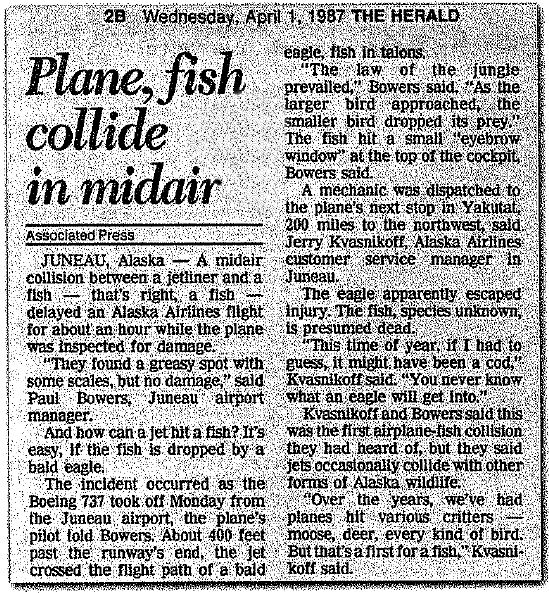As a aviation pilot and a commercial drone pilot it seems to me that the the FAA has drones categorized in something along the lines of VFR (visual) rated aircraft following some VFR rules. For a aviation pilot to fly IFR (instrument) rated the pilot must be IFR rated, IFR current, use IFR instruments, the instruments inspection must be IFR current, back up instruments, and back up flight systems, use transponders, be in communication with ATC, provided with assigned altitude and monitored by flight Center. And stay on a precise pre-approved flight plan. Visual or VFR regulation means you are looking from your planes advantage point with your own eyes not using monitors or instruments like IFR rated pilots do.










